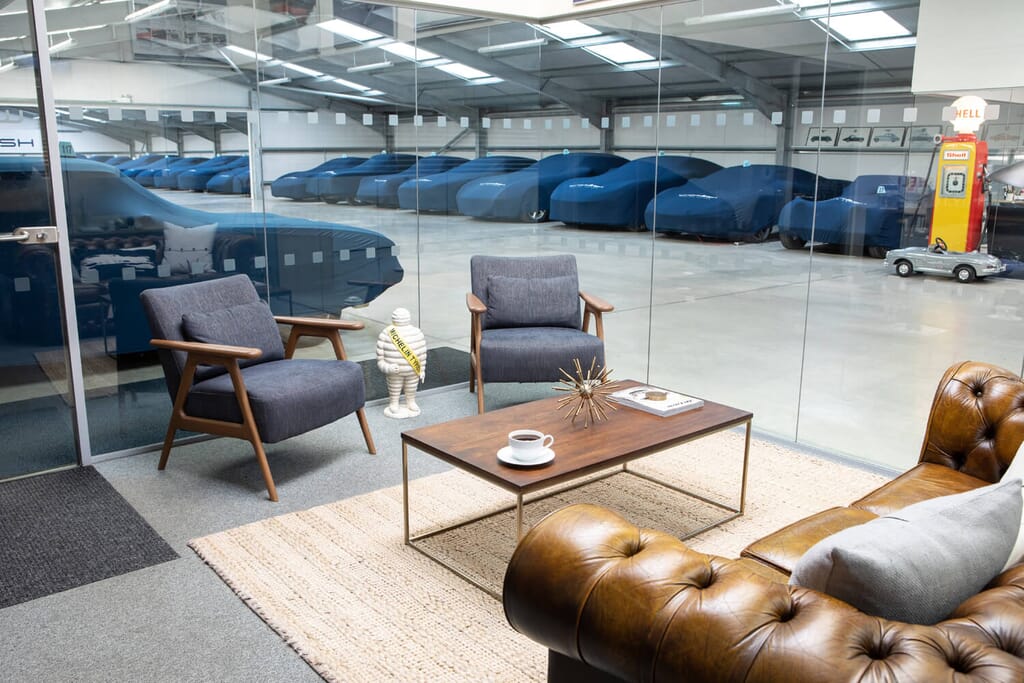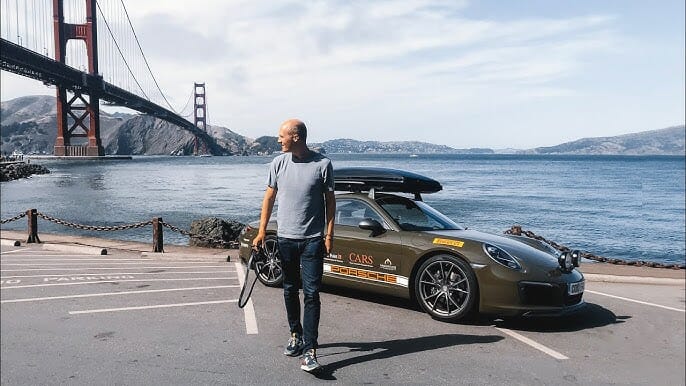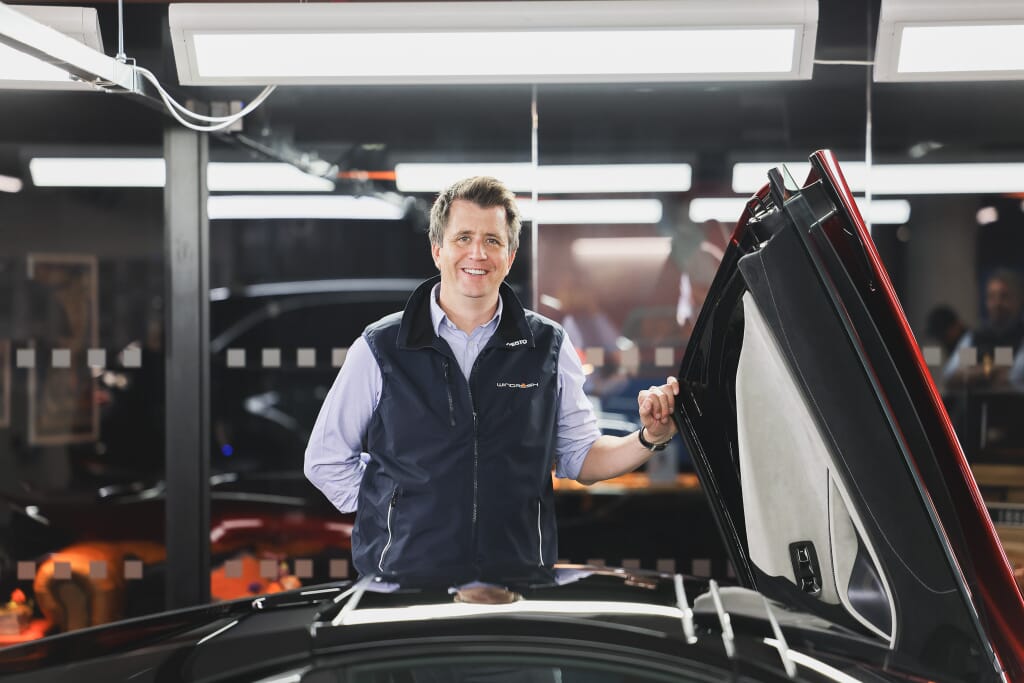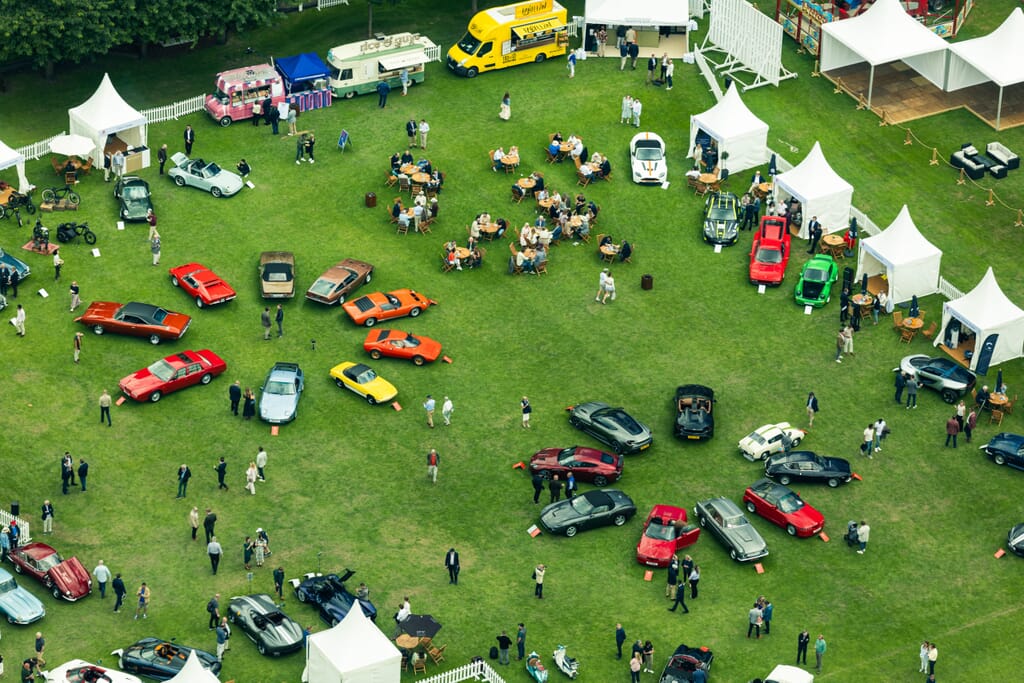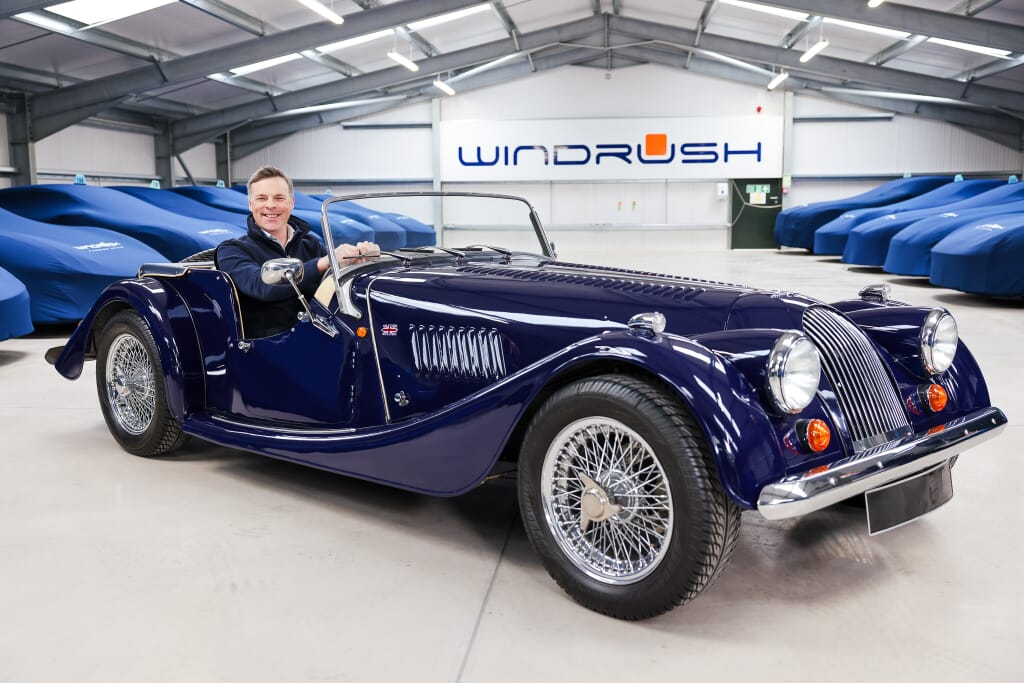
The moment you slip behind the wheel of your first classic or supercar, everything changes. Suddenly you’re not just another driver – you’re a custodian of automotive history, entrusted with preserving and enjoying some of the world’s most special machines.
But with that privilege comes responsibility. And for many first-time owners, a healthy dose of nerves.
Tim Earnshaw, founder of Windrush Car Storage, knows this feeling intimately. Over the past 20 years, he’s guided hundreds of clients through their first time driving a classic car and supercar, watching tentative newcomers transform into confident enthusiasts. It all began with his own classic Morgan – the very car that inspired him to establish the business two decades ago.
“I remember my first proper drive in that Morgan,” Tim reflects. “All that anticipation, the careful preparation, and then the pure joy when everything just clicked. But I also remember being absolutely terrified I’d do something wrong.”
Before You Turn the Key
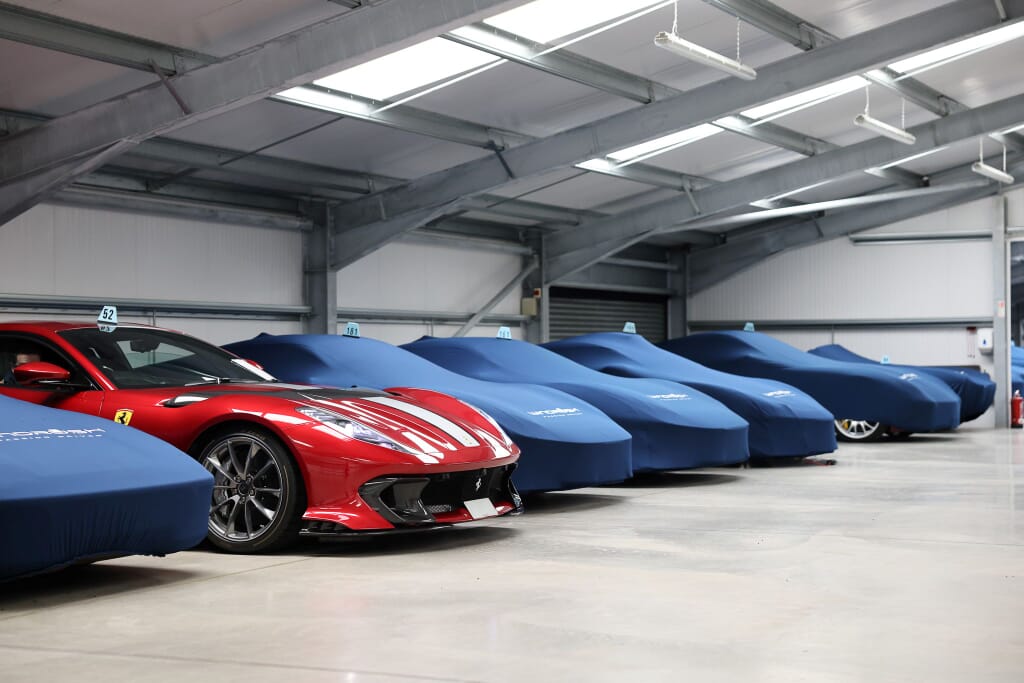
Here’s Tim’s first piece of advice for new owners: slow down. Yes, really.
“The biggest mistake I see is people rushing,” he explains. “These aren’t modern cars where you jump in and go. Each classic has its own personality, its own quirks. Take time to get acquainted first.”
Start with a thorough walk-around. Check fluid levels, tyre pressures, and look for any obvious issues. Classic cars can develop problems whilst sitting, and supercars often have specific pre-flight procedures outlined in their manuals.
“With some of the Ferraris and Lamborghinis we store, there are actual warm-up procedures you need to follow,” Tim notes. “Skip them, and you could cause expensive damage. It’s worth spending time with the manual before you even think about driving.”
The First Drive: What to Expect
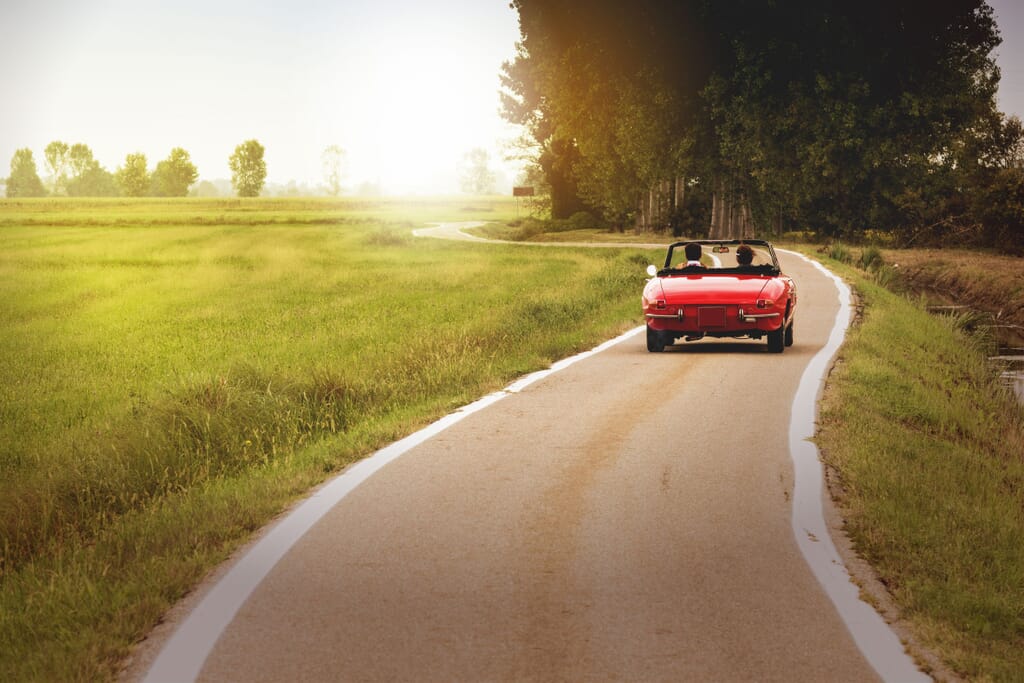
Your palms might be sweating as you settle into the driver’s seat. That’s completely normal – Tim has observed this ritual hundreds of times.
“Remember, these cars were built to be driven,” he reassures. “They want to perform. But they also reward patience and respect.”
Choose familiar territory for your first outing. A route you know well, with minimal traffic and good visibility. This isn’t the time to explore new roads or test performance limits.
“I always tell new owners to think of their first few drives as getting-to-know-you sessions,” Tim says. “You’re learning how the clutch feels, how the brakes respond, how the steering communicates. Every classic is different.”
Expect differences from modern cars. Steering may be heavier, especially at low speeds. Brakes might require more pressure or have entirely different feel. Clutches can be grabby or require specific techniques. These aren’t flaws – they’re character traits that make each car unique.
Tim's Insight's
Working with passionate owners day in, day out, Tim has collected some invaluable insights:
Respect the Machine: “These cars command respect. A 1960s muscle car doesn’t have modern safety systems. A classic Ferrari’s brakes aren’t designed for panic stops. Drive within your limits and the car’s capabilities.”
Weather Awareness: “I’ve seen beautiful classics damaged because owners underestimated how differently they handle in rain or cold. If it’s your first drive, pick a perfect day. There’s no shame in waiting for ideal conditions.”
Temperature Matters: “Classic engines can be particular about temperature. Don’t push hard until everything’s properly warmed up. And some supercars have cooling systems that need careful management – especially the more exotic machinery.”
Learn the Soundtrack: “Every classic has its own soundtrack. Learn what’s normal. That tick, that rumble, that whistle – they’re all clues about how your car is feeling. After twenty years, I can often diagnose issues just by listening.”
Building Your Confidence
Tim often witnesses the transformation in owners after their first successful drives. “There’s this moment when the nerves disappear and pure joy takes over. Usually happens somewhere during the second or third drive. It’s quite something to see.”
His advice for building confidence is refreshingly straightforward:
Start with short trips in good conditions. Gradually extend your drives as you become more comfortable. Join local car clubs or events where you can learn from experienced owners – the classic car community is incredibly welcoming.
“Don’t be afraid to ask questions,” Tim advises. “Some of our customers have become genuinely skilled drivers through their classics. These cars teach you things about driving that modern cars simply can’t.”
Safety First, Always
Tim’s experience has taught him that preparation prevents problems. “I’ve seen minor issues become major ones because owners weren’t prepared or didn’t know what to do when something went wrong.”
Keep basic tools and emergency supplies in the car. Know how to shut off fuel or electrical systems if needed. Have contact information for qualified mechanics who understand your specific marque. Consider taking a classic car maintenance course – many are available and hugely worthwhile.
“The Morgan taught me that these cars reward those who understand them,” Tim says. “Twenty years later, I’m still learning something new from every classic that comes through our doors.”
The Journey Ahead
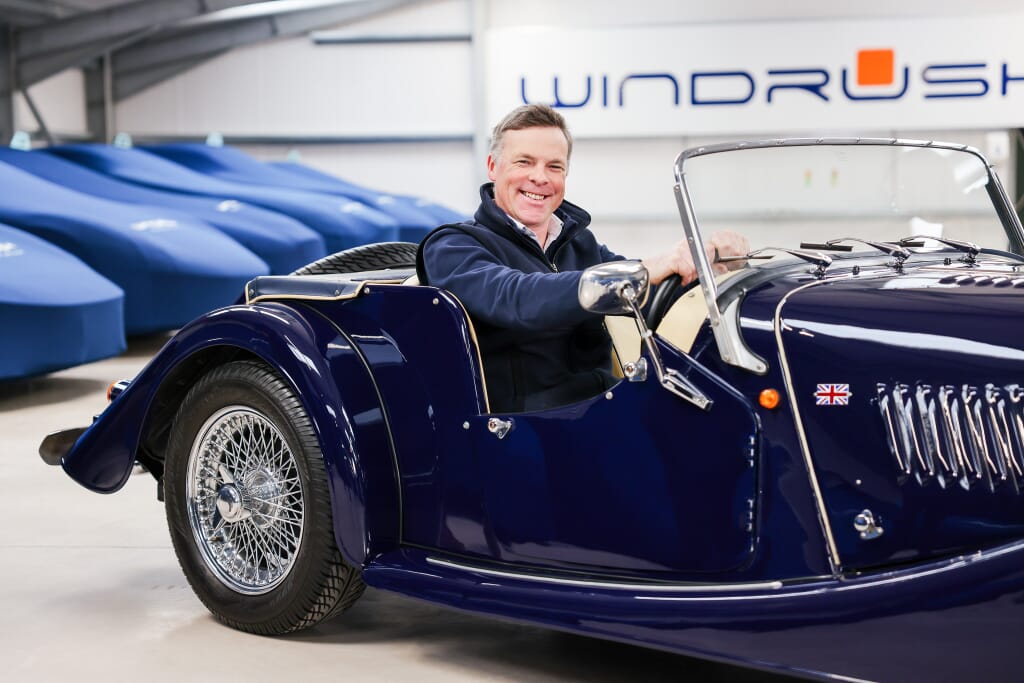
Your first drive is just the beginning of a relationship that can last decades. Tim has watched owners evolve from nervous first-timers to confident enthusiasts who understand every nuance of their machines.
“The beauty of owning a classic or supercar isn’t just the driving,” he reflects. “It’s the connection you develop, the community you join, the skills you learn. That first nervous drive becomes a cherished memory – but it’s also the foundation of everything that follows.”
As you plan your first adventure behind the wheel, remember Tim’s founding principle from those early days with his Morgan: these cars aren’t museum pieces. They’re meant to be driven, enjoyed, and celebrated.
“Every time you drive your classic, you’re keeping automotive history alive,” Tim concludes. “That’s a privilege worth taking seriously – and a joy worth savouring.”
The road ahead is full of incredible experiences. Drive safely, drive respectfully, and most importantly – enjoy every moment.
Should you have any questions about caring for your classic or supercar, or require advice on secure storage solutions, please do not hesitate to contact the Windrush team.
